U.S. President Donald Trump conducted a major diplomatic endeavor during his recent visit to the Middle East. Not only did he reportedly secure over $2 trillion in future investments from the Gulf states, but he also crossed a threshold by meeting with the new Syrian Interim President, Ahmed al-Sharaa. Prior to the meeting, President Trump expressed interest in lifting sanctions on Syria, which have turned the country into a pariah state, before and after Bashar al-Assad’s exile. By normalizing Interim President Sharaa and being open to full economic recovery, the Trump Administration is presenting a golden opportunity to put Syria back into the international fold and help support the war-battered nation.
Against the backdrop of the lightning rebel offensive, which saw the collapse of the Baathist-led Syrian army, longtime despot Bashar al-Assad fled to exile in Russia. In contrast, numerous rebel factions converged on Damascus. Despite gaining a critical victory that ended a thirteen-year war, Syria remained in a cataclysmic state. Under heavy sanctions and internationally isolated under the Assad regime, the Syrian pound was one of the weakest currencies against the dollar, and most of the country could not produce 24/7 electricity for its citizens. Outside of Damascus center, Latakia, and Tartus coastlines, most of Syria’s infrastructure was battered, and the situation was only exacerbated by the devastating earthquake in 2023. Assad’s captagon drug trade only further isolated Syria amongst the Arab world, and the Caesar Act sanctions stopped international projects and turned the country into a pariah status. Millions of Syrians feared returning to an unstable country without a concrete plan for reconstruction and stability.
Against the backdrop of the new transitional government taking power, numerous countries started to mend relations with Syria again. Saudi Arabia and Turkey would lead the effort in this endeavor, as Ahmed al-Sharaa remains close to each respective head of state. First, Ankara would help attempt to restore the energy grid in Syria and create plans to reconnect the old Syrian railway network. Riyadh would help normalize Sharaa to the Arab League and present him with a positive image despite his extremist past. Saudi Premier Mohammed Bin Salman was instrumental in breaking the ice to get President Trump to recognize Sharaa’s rule. Saudi Arabia would also help pay for Syria’s international loans to help relieve the war-torn country.
Amidst uncertainty that Russia will continue influencing Syria, France would score a major investment in its former protectorate. Between late April and early May 2025, CMA CGM, a major French shipping company, signed a thirty-year contract to enhance and develop a port in Latakia, along with daily managerial operations, which opens Syria to much-needed aid from the West. On May 15th, Dubai Ports World signed an $800 million investment in the Tartus naval port. President Trump is also expressing interest in helping to reconstruct Syria as his meeting with Sharaa went positively, and further American diplomatic measures with Damascus have shown encouraging results.
A key factor in Syria’s revitalization will be undercutting the countries and militias that played key roles in its destruction and destabilization. Most of the international community will benefit from Syria’s growing revitalization, while Russia, Hezbollah, and the Islamic Republic of Iran will be the top losers. Under the Assad family rule, Syria was a client state of the Soviet Union and Russian Federation, which used the naval port of Tartus for Russia’s Mediterranean fleet. A lack of presence on the Syrian coastline hampers Russia’s ambitions in the region, as the ‘shadow fleet’ and mercenaries in Africa rely on Syria as a logistical hub.
Iran not only relied on Syria as a corridor to transport weapons to affiliated militias such as Hezbollah in Lebanon, but also actively intervened, set up numerous bases, and changed demographics by importing tens of thousands of Shiite militia fighters and families. The Islamic Republic wanted to use Syria as a launching pad against future armed conflicts against Israel, while continuously supplying Hezbollah, and the new government is vehemently against Iranian influence. Without a direct land corridor, Hezbollah is more isolated and under pressure to disarm under the new Lebanese government, and the Islamic Republic’s position is also precarious. Losing the strength of its most powerful militia in the Levant and a key ally in Bashar al-Assad, Tehran will come under greater pressure. The Islamic Republic will enact hybrid warfare methods to fuel sectarian violence to try to keep Syria unstable.
Syria, now becoming open to the international community, faces challenges with neighboring states. Nevertheless, the current government led by President Sharaa is taking steps to mend relations and enhance diplomatic partnerships. Lebanon, which felt scars due to decades of Syrian occupation under the Assad family, is currently in a phase of rebuilding the republic as Hezbollah, militarily degraded after a war with Israel, is now isolated without its neighboring backer. Ahmed al Sharaa is taking a firm stance on fighting Hezbollah along the border while simultaneously mending ties with the Lebanese government. Several major border clashes have taken place between Hezbollah infiltrators and the new Syrian government, in which the Lebanese Security Forces acted to mitigate. Direct talks between Lebanese President Joseph Aoun and Syrian interim President Sharaa that ended on good terms are a valuable step towards Levantine cohesion.
The Assad regime also had poor relations with Turkey and Jordan over the refugee crisis and the opium drug trade. With Sharaa cracking down on the illicit drugs and optimism remaining high in Syria with new investments, both the captagon trade and the refugee crisis can be alleviated in neighboring countries. Lastly, the new Syria will have to deal with frequent Israeli attacks, even though the interim government has never retaliated and taken Israel’s bait. Though Syria is willing to normalize relations under the right conditions, Israel, under Benjamin Netanyahu, has acted in a hostile manner and conducted numerous military operations in Syria since Assad’s fall. Despite the aggression, Syria and Israel have reportedly talked through several back channels, and the United States is not forcing the former to normalize for sanctions relief. Meeting with President Trump, who is impressed with Sharaa, Syria now has a path through Western channels that could apply diplomatic pressure on Netanyahu if his actions endanger regional stability.
Opening Syria back into the international community and helping to revitalize Damascus’s dying economy would be very beneficial for humanitarianism and foreign relations today. Syria’s instability led to major spillovers in Iraq, Lebanon, Turkey, Jordan, Europe, and others, and a stable Syria can hinder destabilization. The global refugee crisis, already near a breaking point, was exacerbated due to the nearly fourteen-year Syrian Civil War. With investments in Syria and a government that has the full backing of regional and world powers to stabilize the country, Syrian refugees can return home in the future. Strategically located in the Eastern Mediterranean between Israel, Turkey, and Iraq, and with a major coastline, Damascus and global trade can benefit from international investments in maritime trade. Furthermore, socioeconomic devastation and isolationism from the world only allowed extremist groups to flourish in Syria. Now, with path stabilization, backed by the Arab League, EU, and the United States, Syria can combat extremism, share intelligence with key regional players, and request help against rogue organizations, such as ISIS. The future of Syria can look bright, with optimism of being placed back into the international fold. With growing international investments, optimism from the West, and a rising popular interim government, Syria’s growing regional standing can restore stability to the country.

 Movie
Movie 2 months ago
165
2 months ago
165 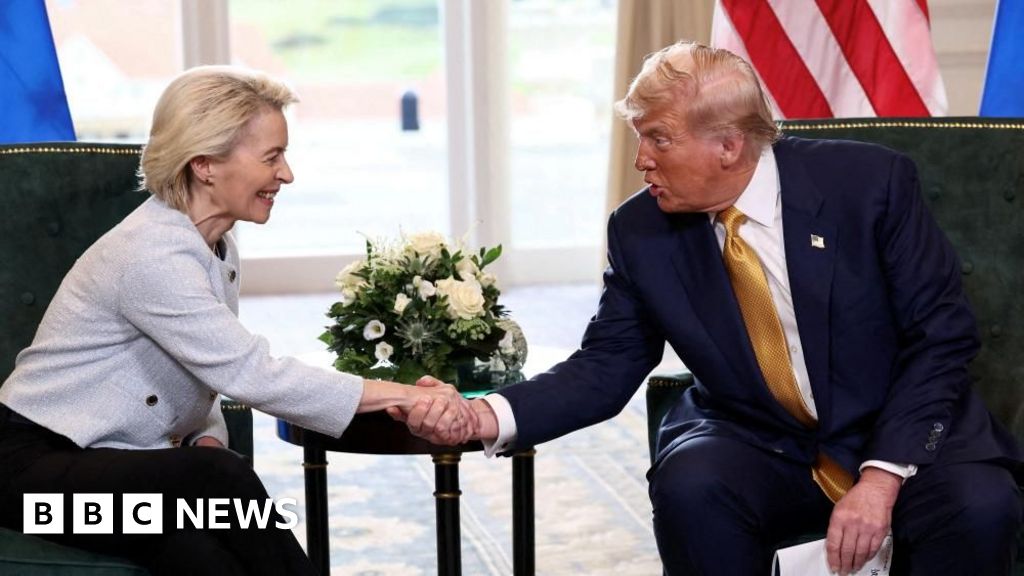
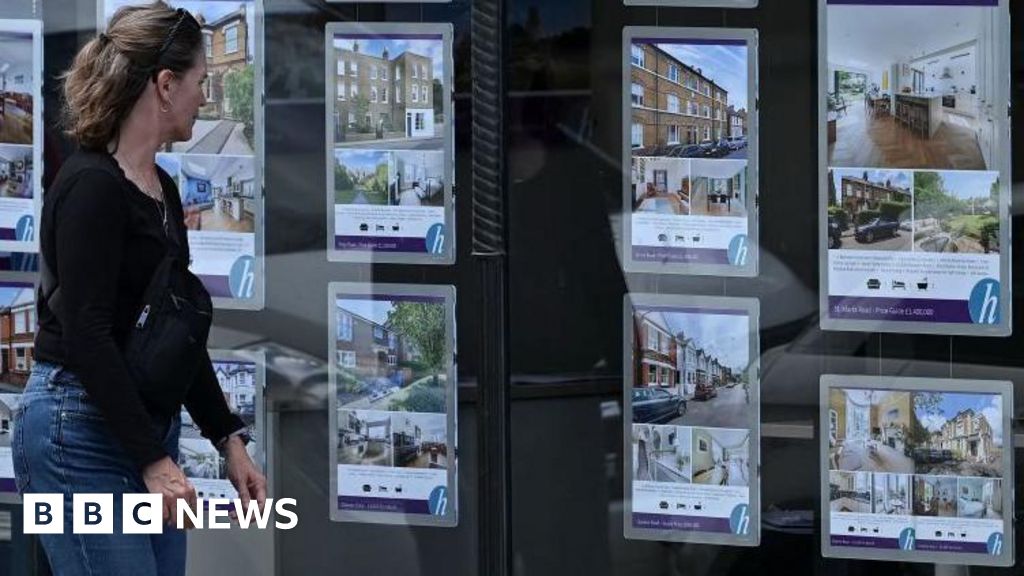
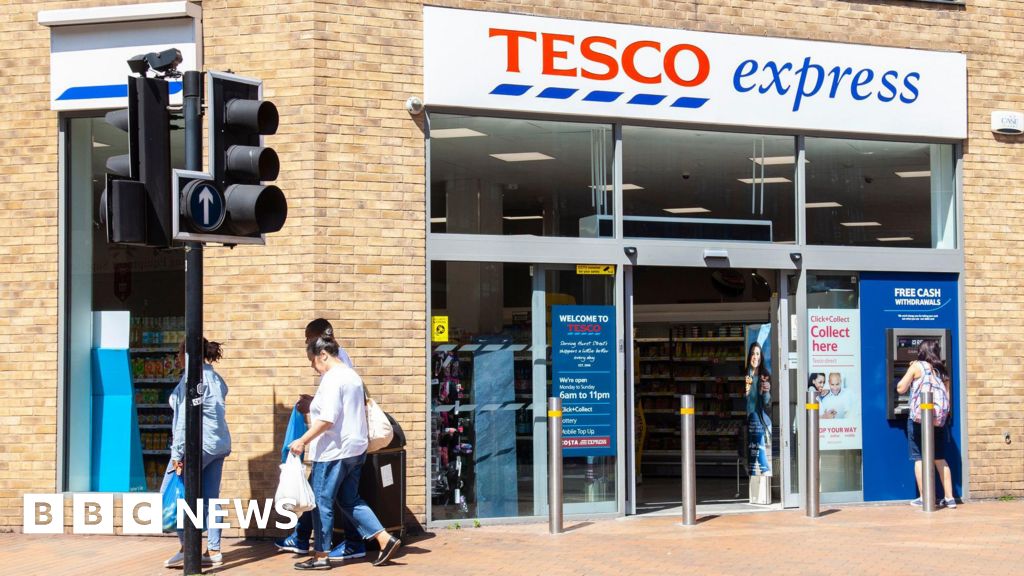
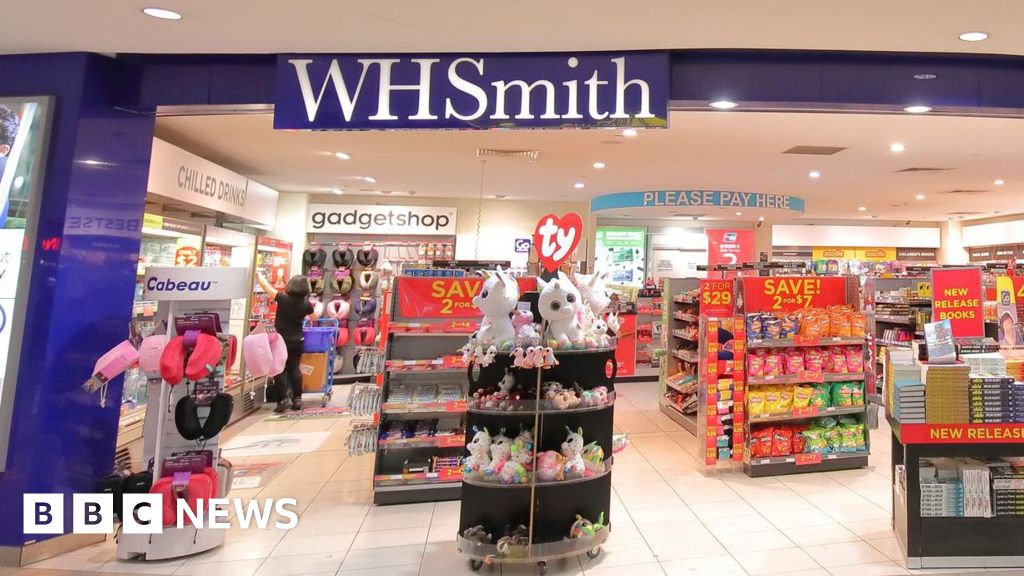
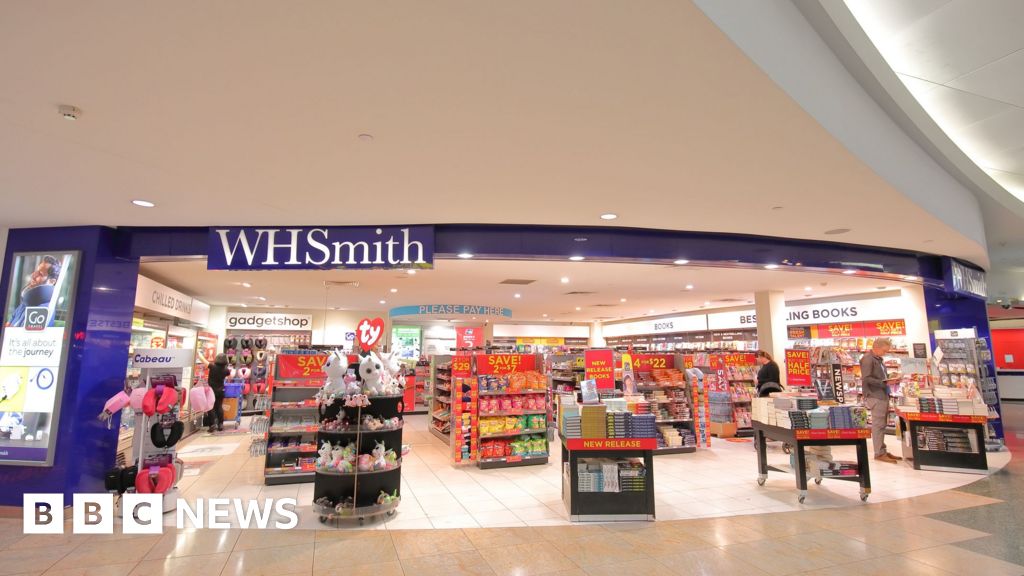

![Presidents Day Weekend Car Sales [2021 Edition] Presidents Day Weekend Car Sales [2021 Edition]](https://www.findthebestcarprice.com/wp-content/uploads/Presidents-Day-Weekend-car-sales.jpg)



 English (United States)
English (United States)